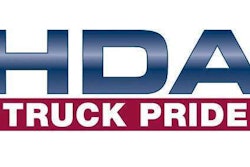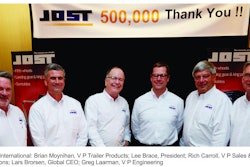Bill Wade freely acknowledges that pricing isn’t easy. Especially in the independent aftermarket.
But during GenNext’s Q1 educational webinar Tuesday, Wade was adamant that the struggles associated with pricing do not justify accepting pricing myths as reality.
“There is no more important thing you do” in your business than manage price, he says. “Your price defines your business.”
Wade says aftermarket distributors looking to set the correct prices in their businesses must be aware of, and actively avoid, falling victim to several key pricing myths. These misconceptions can sound reasonable at first, but fall apart when faced with any scrutiny, he says. And pricing is simply too important to be influenced by incorrect information.
Wade defines the most common myths of pricing in the aftermarket as follows:
The market controls the price: Wade says this myth has “done more damage and cratered more markets than all of the rest of the myths combined.” Wade says markets can influence a price range but not a single number or benchmark. And he says it is up to distributors selling within a market to determine how low and high that range can be.
Commodity products can’t be price differentiated: Wade believes commoditizing product is a self-fulfilling prophecy and a crutch in the aftermarket. One distributor slashing price for sales doesn’t force other distributors to do the same, Wade says, and chasing that distributor for the lowest price ultimately hurts the profit potential of both businesses.
Experienced salespeople know how to price: This myth permeates all sales structure, Wade says. Salespeople may know customer habits but that doesn’t mean they can predict how a customer will respond to every price change every time. Wade says salespeople also are more likely to let anecdotal evidence impact their pricing decisions over statistics and data to the contrary.
Compensating on margin ensures good pricing: Wade says too many businesses use this as a silver bullet. Compensating salespeople on margin (or gross profit) still makes salespeople susceptible to fearing not getting a sale. Wade says a salesperson will push margins only high enough to where they are confident they’ll get immediate customer acceptance; but not as high as the customer may be truly willing to pay .
Pricing improvements put revenue at risk: Wade says too many distributors get hung up on revenue when its actually profit that pays the bills and creates true company value. Small price increases may cause some customers to temporarily seek product elsewhere, but the profit earned from the other customers that stay loyal can quickly make up the slack.
Strict compliance to rules assures good pricing: But what if your rules are wrong? Wade says rule breaking doesn’t necessarily kill your pricing if it is the result of a researched and educated decision. Exceptions to have to be made from time to time, and Wade says branch managers and sales people deserve the authority to do so when it is in the best interest of your pricing and company overall.











